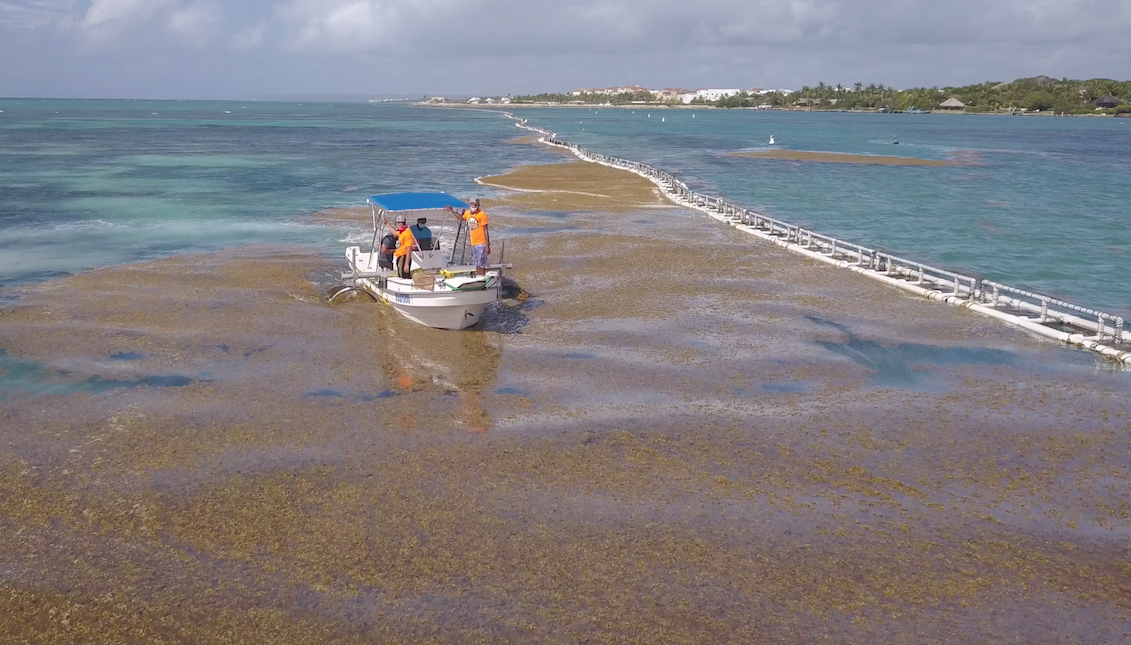
Greenies and Environmental Justice
(Second of two parts)
PHOENIX, Ariz. — Through the Internet and educational curriculum, environmental issues can now be found in schools, creating a new generation of environmentally conscious youth. And with that educational pipeline teeming with young Latino students, they are likely to be receptive to those programs.
“There’s been a lot of consciousness raised, especially with the kids,” says David López, an attorney with a federal agency here. His 13-year-old son Javier has been pushing the family to drink tap water, eliminate using Styrofoam, reduce time spent in the shower and replace traditional light bulbs with CFL bulbs. Lately he’s been lobbying his parents to make their next family car a hybrid or at the least, very fuel efficient.
It started after the Javier saw the documentary “Inconvenient Truth,” based on Al Gore’s book of the same name. From there, he read books such as “50 Things Kids Can Do to Save the Planet” and “Supersize This.”
While Latinos may not show up as top donors to the Sierra Club or World Wildlife Federation or other mainstream environmental groups, some now consider them poster children for the grassroots movement of acting locally while thinking globally.
Certainly mainstream environmental organizations that once decried Latinos as environmental laggards are rethinking those attitudes and looking for ways to engage with them.
It’s not that Latinos don’t care about melting ice caps and their impact on the polar bears or the deforestation of the Amazon jungle, but they are more likely to look at areas where they can have a direct impact, explains Adrianna Quintero, staff attorney for the Natural Resources Defense Council, an environmental group. She directs the NRDC’s La Onda Verde initiative, which was launched in 2005 to inform and involve Spanish-speaking Latinos both here and abroad about the broad spectrum of environmental issues.
“People with coal-fired power plants in their backyard really get what polar bears are going through,” she says. “They get it. They realize it could happen to them if it’s caused by global warming.”
Therein lies the dilemma. So much of what goes for mainstream environmentalism often doesn’t cross over into environmental justice, where so much of the Latino perspective on environmentalism emanates.
While many environmentalists would rather keep issues of parks and green space and asthma rates caused by poor air quality separate from efforts to reduce fluorocarbons into the atmosphere, most Latinos can’t fathom that kind of thinking. It’s part and parcel of being an environmentalist.
Because the data on how Latinos feel about environmental issues can be conflicting, it’s easy to draw conclusions that might not be correct. For example, a recent survey by the Pew Hispanic Center on Latino priorities for the Obama administration found Latinos placed environmental issues further down the list of priorities, behind the economy, education, health care and national security. For some, that’s enough to conclude that Latinos aren’t as attuned or engaged to environmental issues.
But you would be disregarding other surveys that place Latino concerns about air and water quality higher than the general population. A national survey conducted on behalf of the Sierra Club in March 2008 that found an overwhelming majority (80 percent) believe energy and global warming is a major problem for their families.
Yet another survey by the Public Policy Institute found California Latinos had greater concerns about air and water quality than other demographic groups in the Golden State but were more hesitant to embrace increased regulations or taxation to discourage polluters. And no one disputes that Latinos and their political representatives in California have emerged as leaders on environmental issues, especially when it comes to parks and open space and air and water quality.
Quintero agrees that the data can be confusing but she says every survey is hampered by how the pollsters framed the questions. One thing she is confident about: Latinos respond to the issues differently Therefore the vocabulary to get their support must be personalized.
“If you are talking about protecting a forest, you don’t necessarily talk about the ecology of a forest but about its recreational value and use,” she says.
At La Onda Verde, she says, inquiries from users most frequently focus on global warming and what they can do to slow it.
The site and many others like it have cropped up in the past five years, offering loads of tips and information on how to live more sustainably. It seems to be having an impact.
(Jonathan Higuera, of Phoenix, Ariz., is a freelance journalist who contributes commentaries on Hispanic and environmental issues for Hispanic Link News Service. For additional information on the Hispanic environmental movement and resources, , visit www.hispaniclink.org.)
(c)2009









DEJE UN COMENTARIO:
¡Únete a la discusión! Deja un comentario.